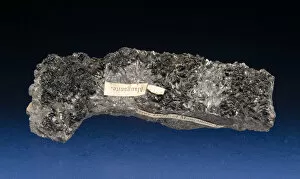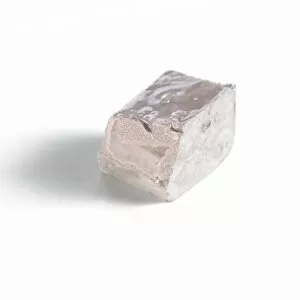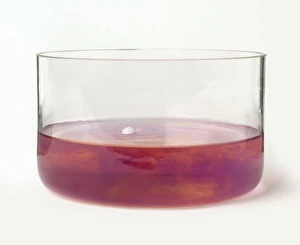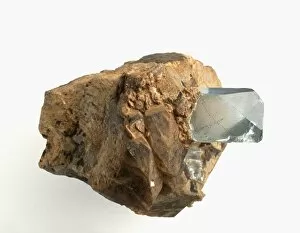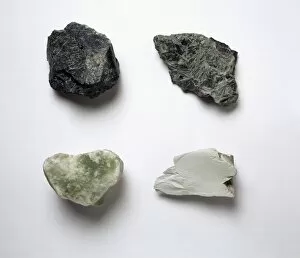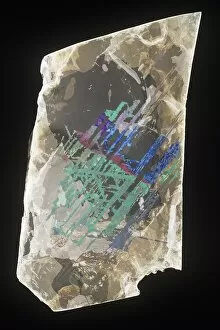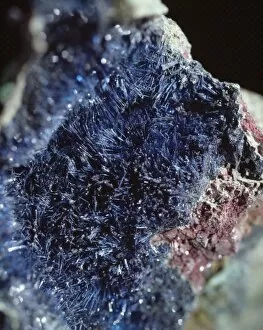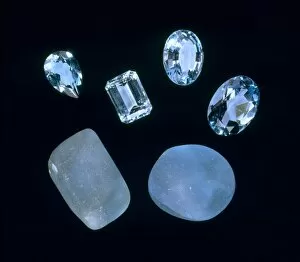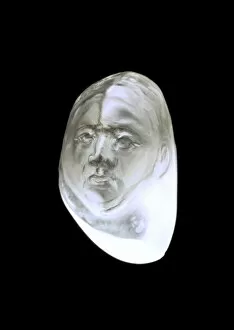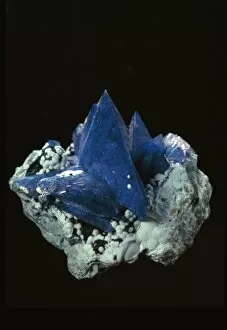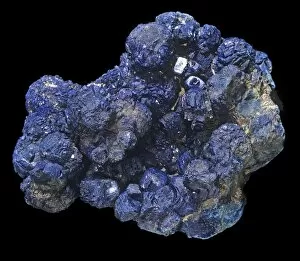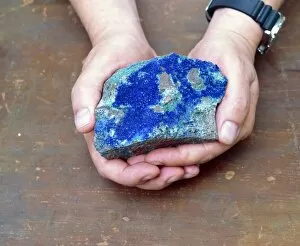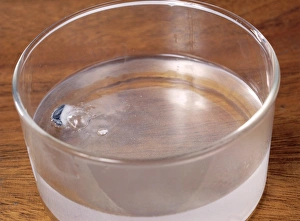Hydroxide Collection
Hydroxide: A World of Minerals and Reactions Kaolinite, Linarite, Manganite - these minerals may sound unfamiliar, but they all have one thing in common: hydroxide
All Professionally Made to Order for Quick Shipping
Hydroxide: A World of Minerals and Reactions Kaolinite, Linarite, Manganite - these minerals may sound unfamiliar, but they all have one thing in common: hydroxide. Journey to Warwickshire, England and you'll find the stunning Manganite specimen, showcasing the beauty formations. Have you ever seen a Serpentine cup? It's made from a mineral rich in hydroxide compounds that give it its unique green color. Nephrite jade is not just a beautiful gemstone; it also contains traces minerals that contribute to its strength and durability. Tarnished sodium metal might not look appealing at first glance, but when combined with water it produces sodium hydroxide – an essential compound used in various industries. Picture No. 11050153 captures the mesmerizing reaction between sodium metal and red Litmus water as it transforms into sodium hydroxide and releases hydrogen gas. Blue topaz crystal found within pegmatite groundmasses often contain traces of hydroxides, adding depth to their already enchanting appearance. Libethenite C016 / 5660 is another example where copper combines with hydroxides to create this striking mineral specimen worth admiring. Antigorite and bowenite specimens (C016 / 5420) showcase the versatility of hydroxides by forming different types of minerals with distinct properties. Muscovite C013 / 6645 is known for its shimmering layers but did you know that it also contains small amounts of aluminum-hydroxy groups? they are more than just chemical compounds; they are building blocks for our understanding of Earth's geological history and processes. Whether we encounter them as part of magnificent crystals or witness their transformative reactions, hydroxides play a vital role in shaping our world.



